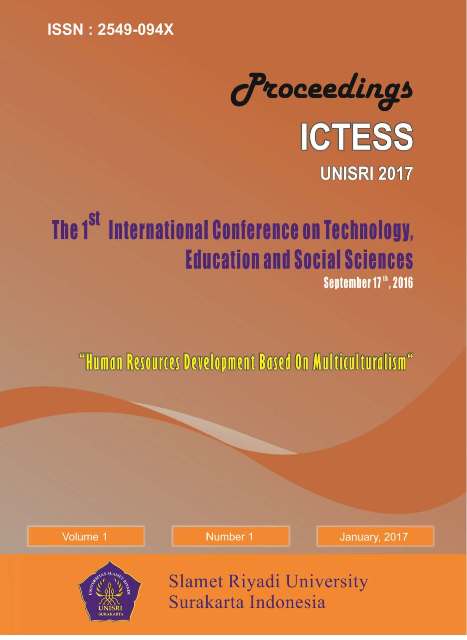Overview of the Regulation of Health Claims in Japan
Abstract
According to the international guidelines of the Joint FAO/WHO Food Standards Program, Codex
Alimentarius Commission, individual countries create health claims for foods. These health claims are
regulated by government regulatory agencies such as the Food and Drug Administration (FDA) in the USA
and the European Food Safety Authority (EFSA) in the European Union. In Japan, the Ministry of Health,
Labor, and Welfare (MHLW) created “Food for Specified Health Uses (FoSHU)†in 1991 and “Food with
Nutrient Function Claims (FNFC)†in 2001. Thereafter, rules similar to those in Japan have been created
elsewhere in the world. Currently, the system is regulated and updated by the Food Safety Committee, the
Consumer Affairs Agency, and the Consumer Committee. Special foods attached with health claims in
Japan are categorized into the following two groups according to their functions for health, their users, and
purposes: (1) Food for Special Dietary Uses (FOSDU) and (2) Food with Health Claims (FHC). FoSHU is
categorized as both FOSDU and FHC. Scientific evidence of the claims and the safety are confirmed with
the finished product by the government agency, and then the special label is used on these foods (Fig. 1).
The FoSHU system was established 25 years ago and health problems have not occurred because of using it.
This is because there are many scientific evidences about FoSHU’s efficacy and safety. However, health
foods used in Japan are mostly just so-called health foods, and the safety is not confirmed by the Japanese
government. Furthermore, safety evaluations of these products are only general and specific toxicity studies,
because these are just foods. The targets of health foods are not patients, but a previous study indicated that
most patients used dietary supplements without consulting their physicians. If patients take medicines along
with it, health problems such as food-drug interactions may occur. For medicines, not only general and
specific toxicity studies but also pharmacokinetics studies are performed. Over 80% of drug-metabolizing
reactions are oxidation reactions by cytochrome P450s (CYP), and drug interactions naturally occur via
CYPs induction or inhibition. Generally, CYPs induction decreases drug efficacy, and CYPs inhibition
increases drug efficacy. In health food-drug interactions as well, these reactions occur via CYPs. Finally, I
discuss my recent studies on the safety of herbal extracts such as herb-drug interactions via inductions of
hepatic drug-metabolizing enzymes.
Keywords: health food, health claim, regulation

